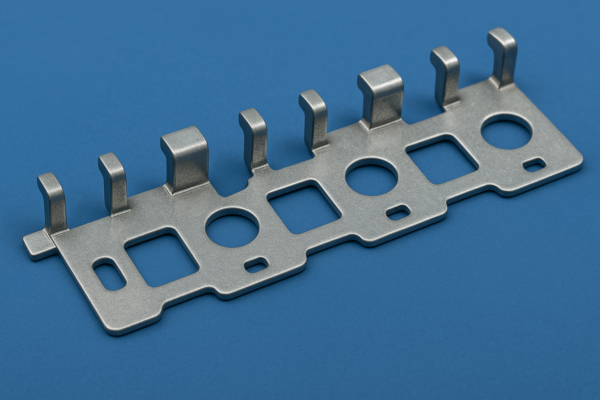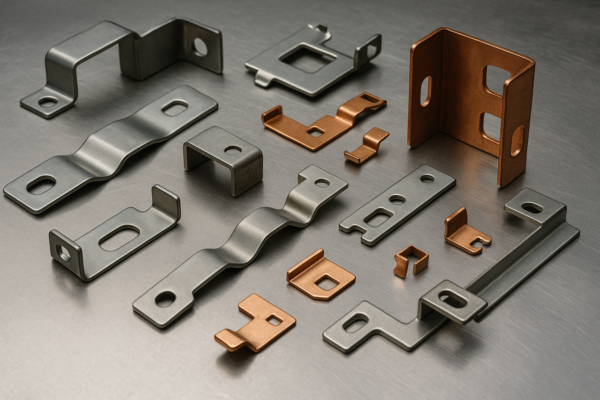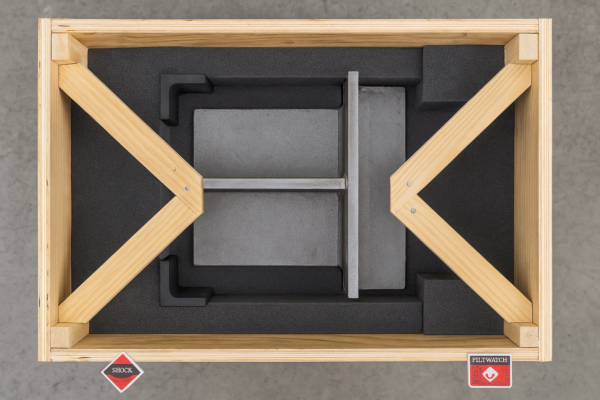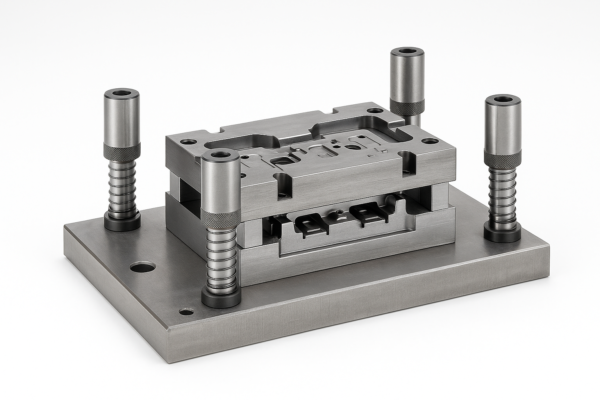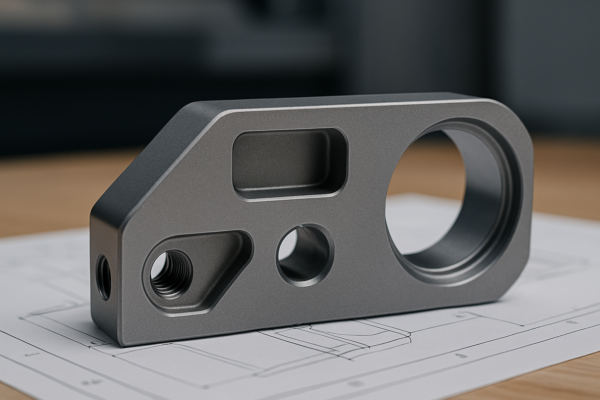What Are the Disadvantages of Forged Steel?
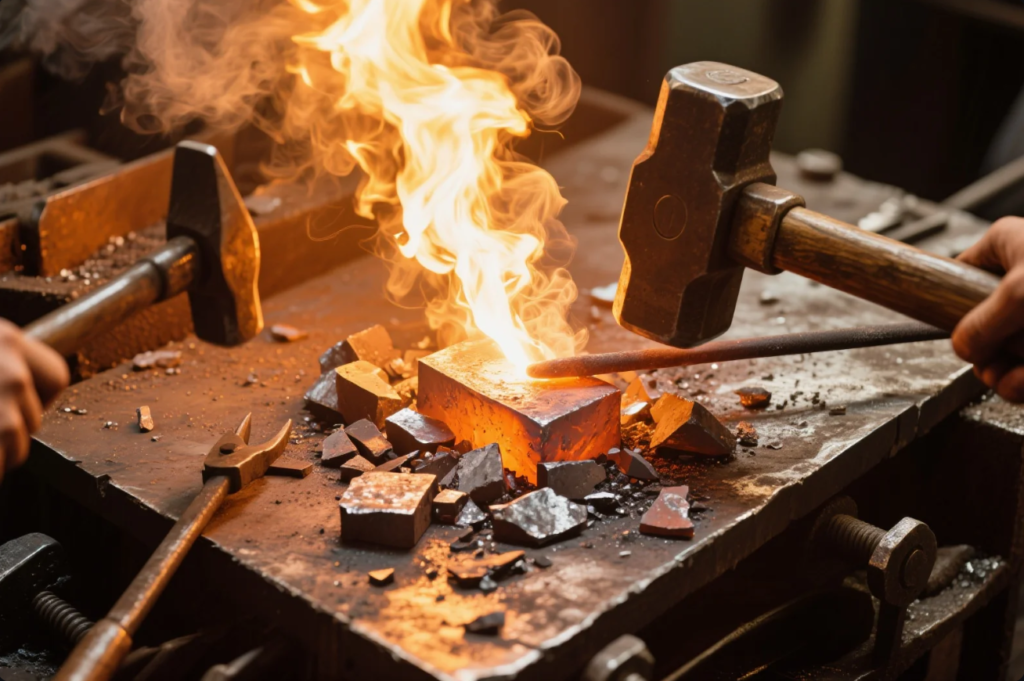
Forged steel is strong—but is it always the best choice?
Forged steel improves strength and durability. However, its production has limitations including cost, complexity, and design restrictions.
Forged steel often sounds like the perfect solution. But many buyers overlook key drawbacks that affect pricing, customization, and supply chain efficiency. Let’s take a closer look.
Is Forged Steel Stronger Than Steel?
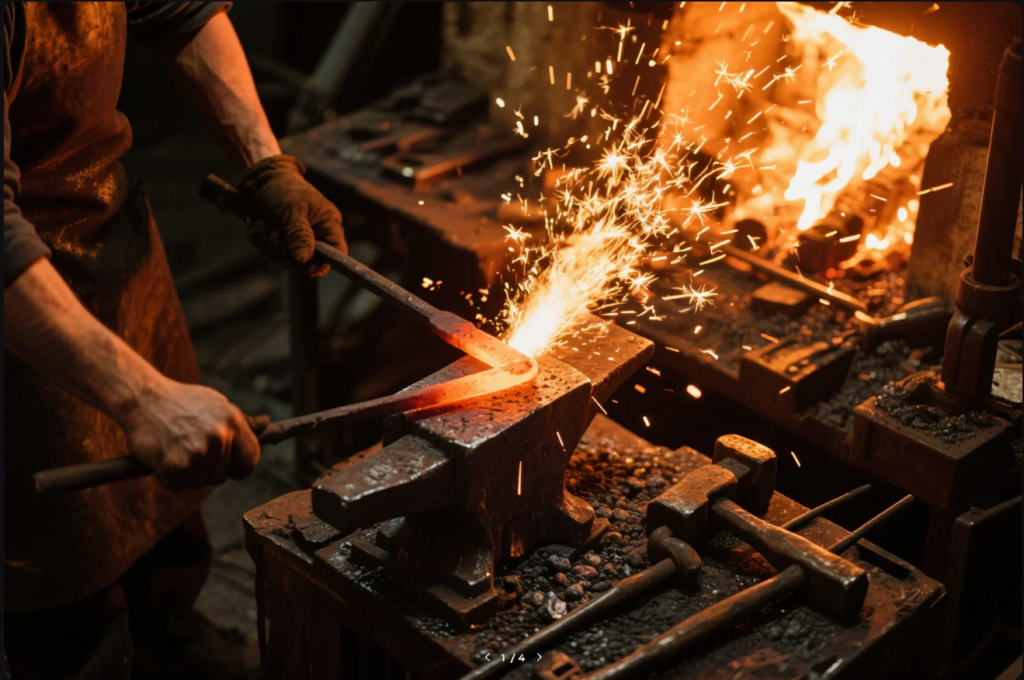
Forged steel parts handle pressure better—but that’s not the whole story.
Forged steel is denser and more uniform. This makes it stronger than non-forged steel in most applications.
The Difference Between Forged and Standard Steel
Forging applies heat and pressure to steel. This changes its internal grain structure. It aligns the grains along the direction of stress.
| Property | Forged Steel | Standard Steel |
|---|---|---|
| Grain Structure | Aligned and compact | Random |
| Tensile Strength | Higher | Lower |
| Ductility | More | Less |
| Cost | Higher | Lower |
Why It Matters
We often use forged steel in load-bearing or safety-critical parts. It resists cracking and warping better. But in many industrial applications, regular steel still gets the job done—at a lower cost and with more flexibility in design.
What Happens to Steel When Forged?
Forging changes more than just shape—it transforms the material itself.
Forging compresses and aligns the metal’s grain. This improves fatigue resistance and strength.
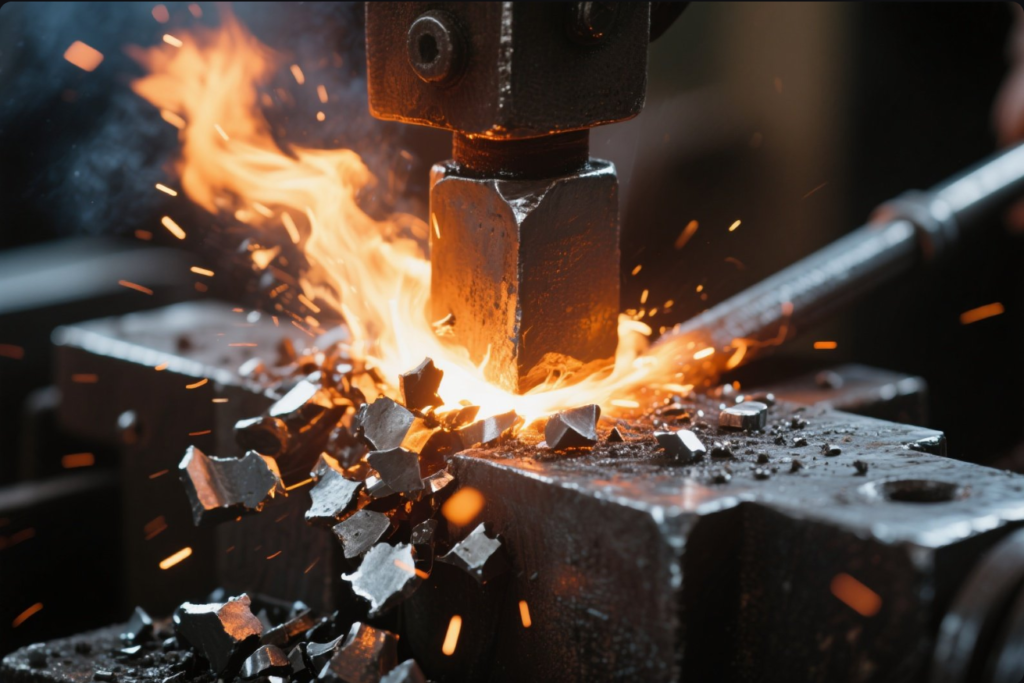
Microstructural Changes
The forging process eliminates internal voids. It improves the steel’s grain flow. This results in stronger and more consistent parts.
| Before Forging | After Forging |
|---|---|
| Random grain structure | Oriented grain structure |
| Higher internal stress | Better stress distribution |
| Possible inclusions | Reduced inclusions |
Deeper Insight: Strength vs. Complexity
Forging enhances mechanical properties. However, this comes at a cost. The process limits geometry. It also requires higher upfront tooling investment. For simple shapes, the gains in strength may not justify the added complexity.
What Are the Disadvantages of Forgery?
Forging may be strong—but it’s not always smart.
Forging has limits. It’s expensive, energy-intensive, and unsuitable for highly complex or hollow parts.
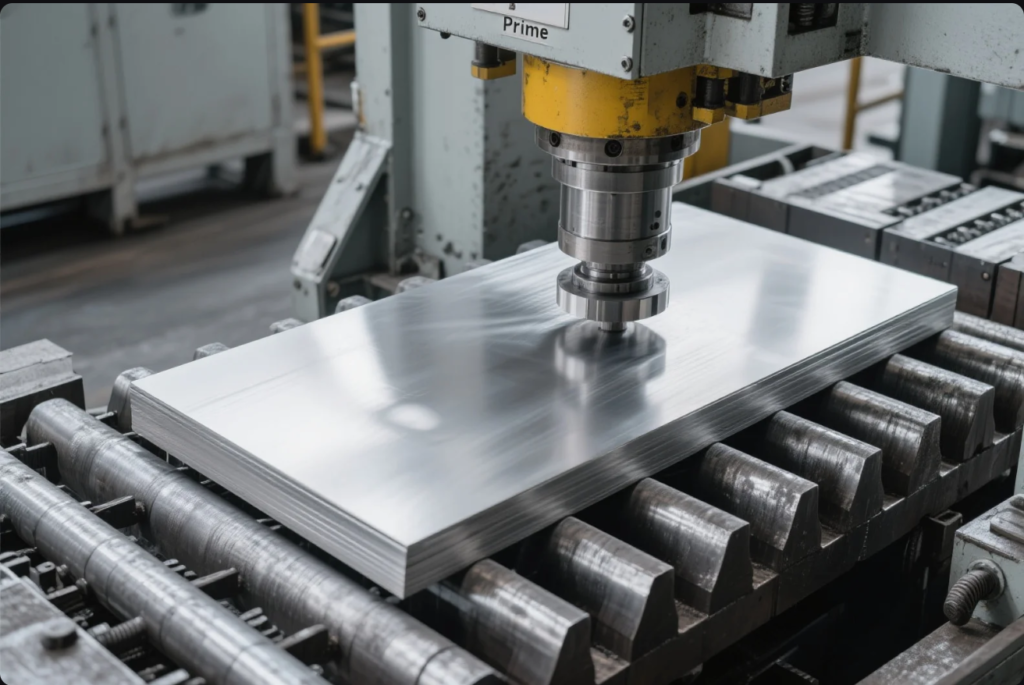
Key Disadvantages to Watch
- High Initial Cost: Dies and equipment are expensive.
- Design Restrictions: Complex or thin-walled shapes are difficult to forge.
- Longer Lead Times: Custom dies increase project timelines.
- Material Waste: Closed-die forging produces more flash and trimming waste.
Is It Worth It?
Not always. In my factory at Prime, we’ve seen customers shift to CNC or casting when forged shapes prove too costly or limited. For example, when a client in Germany needed internal channels in a component, forging couldn’t deliver. We switched to precision CNC machining and improved both function and cost.
Which Is Better: Cast Iron or Forged Steel?
It depends on your project—don’t compare apples to oranges.
Cast iron excels in damping and cost. Forged steel wins in strength and impact resistance.

Side-by-Side Comparison
| Feature | Forged Steel | Cast Iron |
|---|---|---|
| Tensile Strength | Very high | Moderate |
| Brittleness | Low | High |
| Corrosion Resistance | Moderate | High |
| Vibration Damping | Poor | Excellent |
| Cost | High | Low |
Application-Based Decisions
Cast iron is ideal for engine blocks, frames, or any part needing vibration control. Forged steel is better for crankshafts, gears, and high-impact parts.
At Prime, we help our clients choose the right process based on their performance needs. When an Australian client needed strong suspension parts, we recommended forged steel. But for their motor housings, cast iron was the smarter, cheaper choice.
FAQ
Q1: Is forged steel always stronger than cast steel?
A1: Forged steel usually has better strength and fatigue resistance due to its aligned grain structure. But not all applications require that extra strength.
Q2: Can forged parts be customized for small batches?
A2: It’s possible, but costly. Forging is better suited for medium to large production runs due to the high tooling cost.
Q3: What’s the lead time for custom forged steel parts?
A3: It depends on part complexity. At Prime, we typically deliver within 2–4 weeks once tooling is ready.
Q4: Does Prime supply both forged and non-forged components?
A4: Yes. We offer stamping, CNC machining, casting, and forging—all under one roof. This helps clients choose what’s truly best.
Q5: Is forged steel corrosion resistant?
A5: Not inherently. Like regular steel, it may need surface treatments or coatings to withstand corrosion in tough environments.
Conclusion
Forged steel is strong but expensive, limited in shape, and not always the most efficient choice.
Still not sure if forged steel fits your project?
At Shandong Prime International Trade Co., Ltd., we guide clients through the best manufacturing process—whether it’s forging, casting, CNC, or stamping.
Send us an inquiry now to get your free consultation, fast quote, and a reliable custom solution backed by over 20 years of ISO-certified manufacturing.
We deliver quickly. Our quality stays consistent. That’s the Prime promise.



